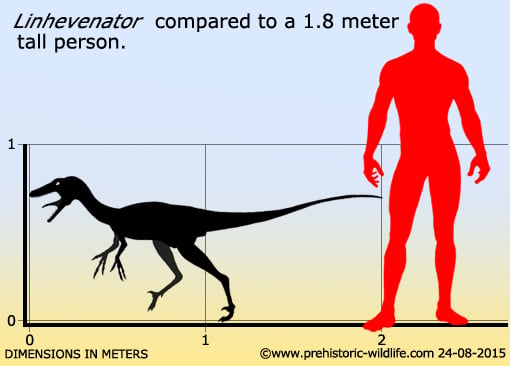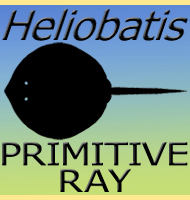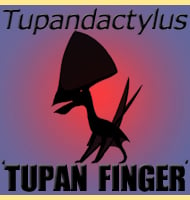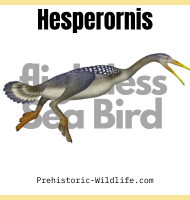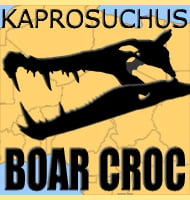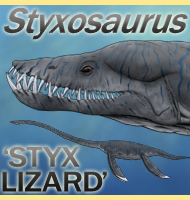In Depth
Although weathered and not entirely complete, the holotype of Linhevenator is still one of the most complete Late Cretaceous troodontid individuals so far known. Linhevenator is towards the larger end of the known troodontid size range, but its main unique features are its small arms, each with a very robust humerus. This may have been an adaptation for a special purpose, such as digging to get at prey.
Further Reading
- A Short-Armed Troodontid Dinosaur from the Upper Cretaceous of Inner Mongolia and Its Implications for Troodontid Evolution. - Xing Xu, Qingwei Tan, Corwin Sullivan, Fenglu Han & Dong Xiao - 2011.
